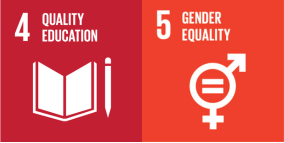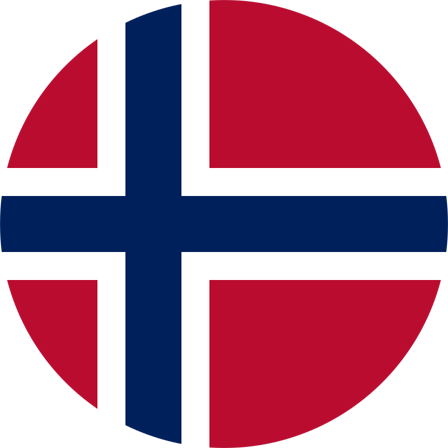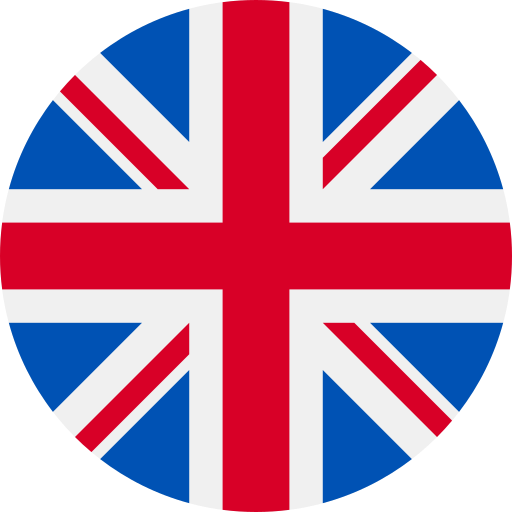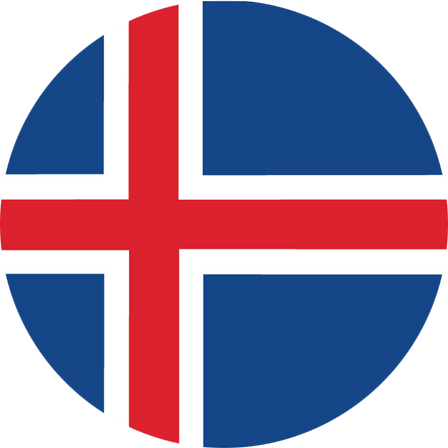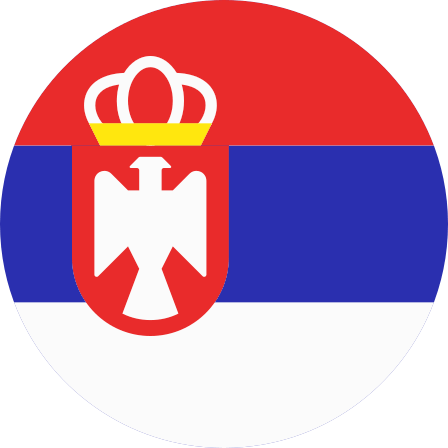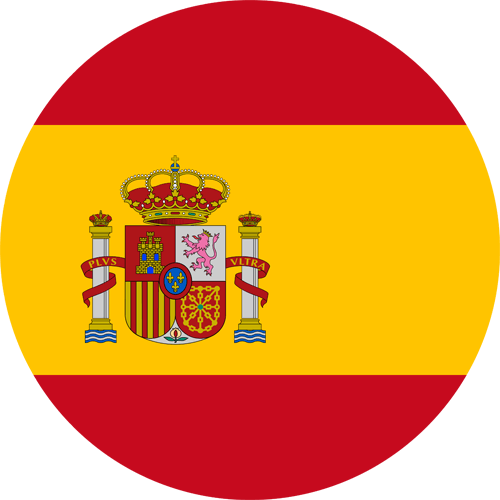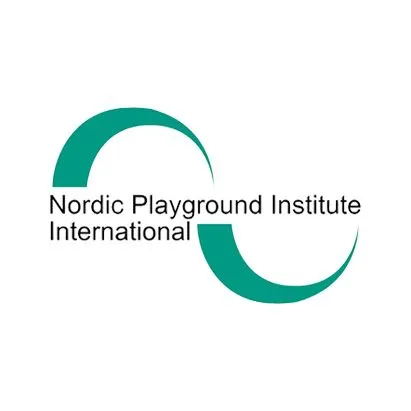FAQS
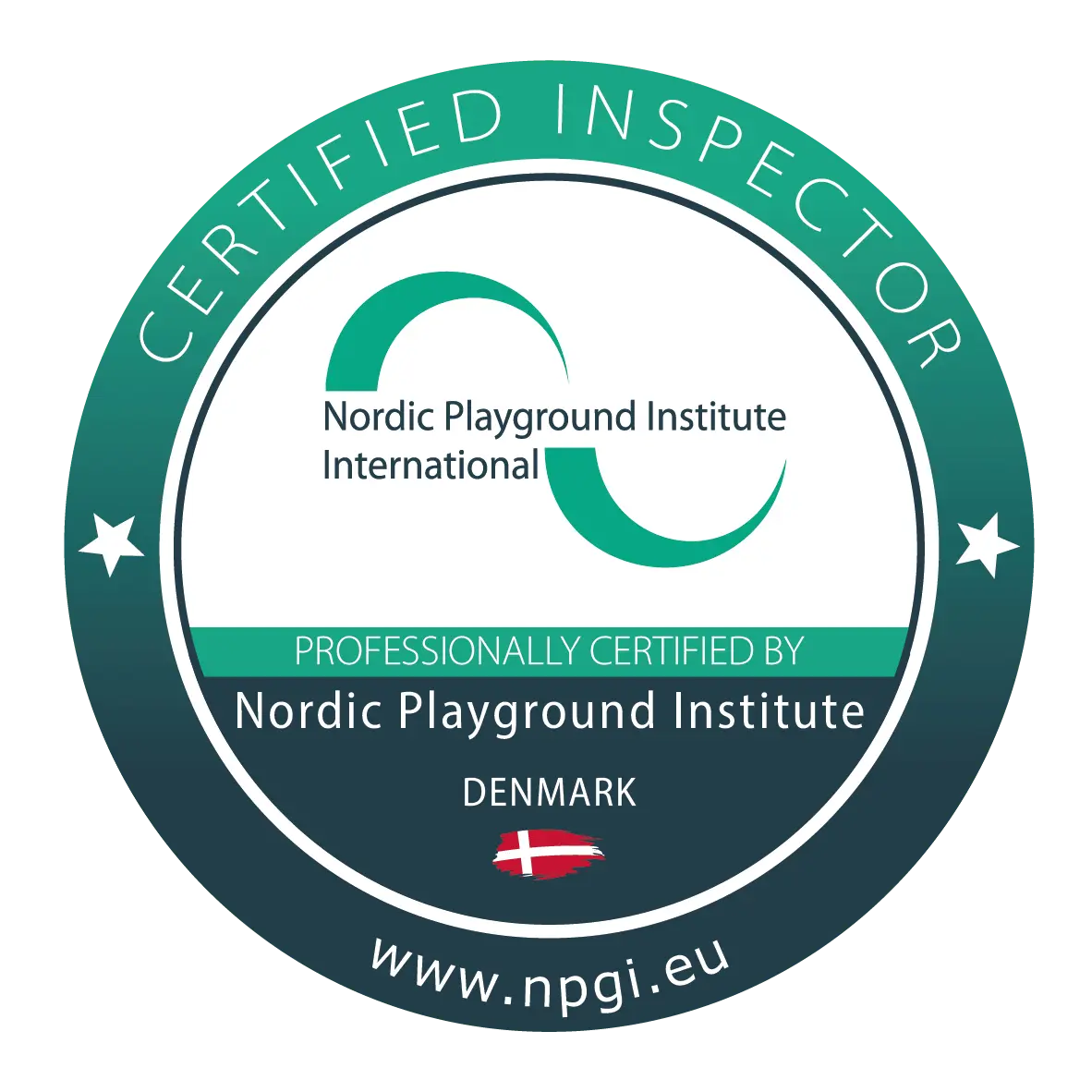
Your Questions, Answered
Frequently asked questions FAQ’s
What is your company’s purpose?
The Nordic Playground Institute (NPGI) was established to provide the playground industry with a means of certifying products and people. Our mission includes placing children’s motor skills development on the agenda for playground developers and owners worldwide.
We focus on:
- Impartial inspections: Ensuring the safety and compliance of playground equipment.
- Consultancy services: Offering expert advice to playground developers, designers, owners, customers and authorities.
- Certification: Certifying both products and staff to maintain high safety standards.
Our work helps ensure that playgrounds are safe and beneficial for children’s physical development both physical and mental.
Is the Nordic Playground Institute (NPGI) ISO 9001 certified?
What ISO certifications does the Nordic Playground Institute (NPGI) have?
The founding Danish company has obtained a ISO 9001 certification, as well as an international impartial certification in accordance with ISO/IEC 17020.
What services do you offer?
We provide independent inspections and certifications of play equipment, playgrounds, multi-use games areas (MUGAs), skate parks, bounce houses, trampoline parks, and parkour facilities, among others.
Where are you located?
Our head office is located at Maglemølle 21, 4700 Næstved, Denmark. However we operate internationally, with offices and certified inspectors in various countries across Europe and North America.
Should the playground be inspected every year?
Yes, playgrounds should comply with safety requirements outlined in relevant standards, such as EN 1176. These standards recommend that an annual playground inspection and safety assessment be conducted by an independent, competent person not directly involved in the installation or responsible for corrective works. This ensures an unbiased evaluation of the play equipment’s safety.
Do playground inspectors have to be Certified to inspect playgrounds?
Yes, playgrounds should be inspected annually by a qualified, independent inspector. Certification requirements may vary by country, but adherence to international safety standards like EN 1176 is generally recommended.
Is playground safety important?
Absolutely. Playgrounds and outdoor play equipment offer children fresh air, friends, fun, and exercise. However, it’s crucial to ensure that faulty equipment, improper surfaces, and unsafe behaviour don’t lead to injuries. Each year, numerous children are treated for playground-related injuries, highlighting the importance of regular safety inspections.
Why should playground inspections be carried out?
- To ensure the long-term safety of the playground.
- To meet legal and insurance responsibilities.
- To comply with relevant international playground safety standards, such as EN 1176.
Are there requirements for testing of fall protection surfaces?
Yes, standards like EN 1176 and EN 1177 outline methods for testing the impact attenuation of playground surfacing. There are exceptions if the surface is sand, gravel, chippings, or grass. All newly laid surfaces should be tested with a Head Injury Criterion (HIC) tester, equipment that certified inspectors carry.
Do playgrounds need certification?
Yes, playground certification is essential both before equipment is sold and after it is installed.
- Product Certification: Products are certified at the manufacturer’s premises to ensure compliance with standards like EN 1176.
- Post-installation Inspections: These inspections verify that newly installed playgrounds have been built and assembled correctly, meeting safety standards and ensuring there are no potential hazards for children. Even if the equipment itself is certified, post-installation inspections act as a vital part of a risk assessment to guarantee the playground is fit for use. Independent inspections ensure that installers and suppliers adhere to standards, delivering what customers have paid for.
What is EN 1177?
EN 1177 is a European standard that specifies methods for testing and determining the impact attenuation properties of playground surfacing materials. It defines the “critical fall height,” indicating the maximum safe fall height for a particular surface, aiming to reduce the risk of head injuries from falls on playground equipment.
What is standard EN 1176?
EN 1176 is a set of European standards for the design, installation, maintenance, and safety of playground equipment and surfacing in public spaces. It is used in many European countries and covers play equipment and surfacing in public play areas, such as local authority parks, schools, holiday parks, and shopping outlets.
What does standard EN 1176 cover?
- Equipment: Playground equipment, fencing, and gates.
- Surfacing: Impact-attenuating surfaces.
- Installation: Guidelines for safe equipment installation in accordance with national building regulations.
- Maintenance: Recommendations for maintaining equipment and establishing inspection regimes.
- Safety: Establishing safety systems to ensure that unsafe equipment and areas are not accessible.
Why is EN 1176 important?
- It helps create safe spaces for children to play.
- It reduces the risk of accidents.
- It promotes activities that aid in children’s development of skills applicable beyond the playground.
Do only playgrounds need to be safety assessed?
No. Inspection requirements extend to various activity areas, including amusement parks, skate parks, multi-purpose courts, exercise equipment, parkour facilities, and both indoor and outdoor setups.
When is a playground considered private?
Generally, a public playground is accessible to many citizens. Playgrounds built on private land in connection with a restaurant, shop, or association are often considered public due to their accessibility. A Private playground is not accessible by the public.
© Copyright 2025 Nordic Playground Institute | Terms | Privacy Policy | Hosted by Paarup & Co
